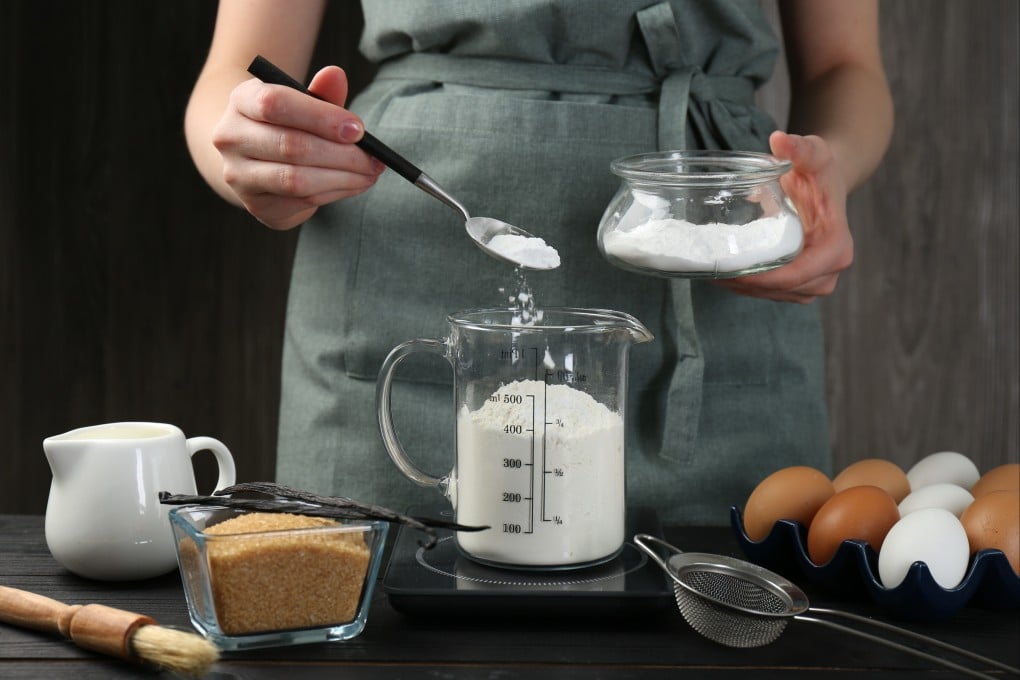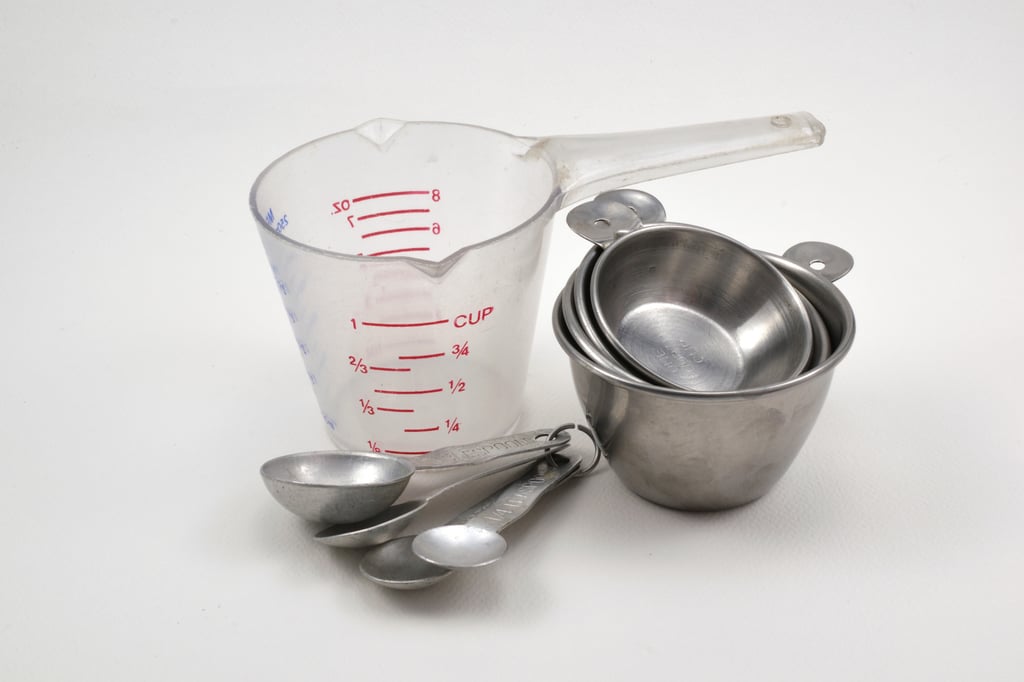Mouthing Off | Cups, pounds or catties, imperial or metric, why are kitchen measures so confusing?
- How much does a cup weigh? Is a spoonful heavier than an ounce? What is a catty? How a cookbook collaboration became a headache

A few years ago I worked on a cookbook with a chef whose recipes were, shall we say, less than precise.
As an old-school cook, he worked primarily by touch and intuition, adding a pinch of this and a splash of that without measuring. By sight, he knew when there was enough spice, when a mixture was stirred enough, and when the dish was ready to come out of the oven or wok.
To these guys, cooking isn’t and will never be an exact science. Instead, it’s an interpretative, improvising art form – which they have great trouble articulating. But it was my job to translate the alchemy into a decipherable tome of spells.
Part of demystifying the imprecision was to commit the ingredient and proportions to a document. I would have to gauge how much of any element was incorporated. Is that a teaspoon of turmeric? Half a bottle of red wine for the sauce? How many ounces of cream to each pound of potato?

Sometimes, the chef (or his assistant) would try to provide an ingredients list, but it often ended up being more work to clarify the odd measurements. There were liquid elements given in weight (grams) rather than volume (fluid ounces).
Other inconsistencies included some recipes designed for four servings, while others were written for six to eight. I had to be aware of typos, such as the suggestion a dish needed five litres of oil when it actually required 0.5 litres.

